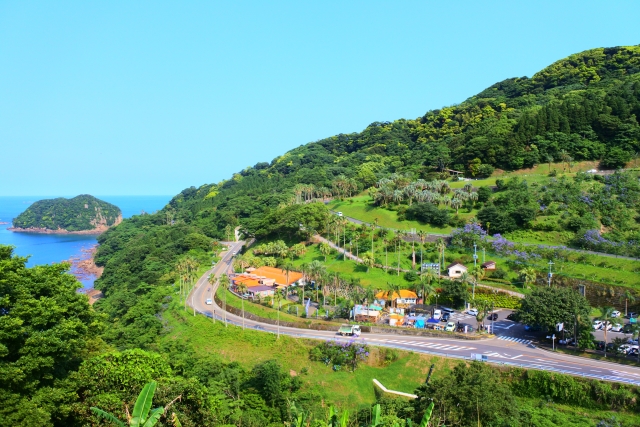Disaster prevention container house at a roadside station

A long time ago, in Shinbashi, there was a research institute for urban development called the Regional Exchange Center.
I have enjoyed attending symposiums and study sessions there since I was in my 30s.
A research institute that was like an auxiliary organization of the Ministry of Construction and the National Land Agency, and was packed with the best planners from large companies.
I was like a little kid, but because I was a medical manager, people often talked to me.
At the time, I was in charge of the Ginza Festival for the Ginza Shopping District’s Young Masters Association, and I was interested in stories about town development.
The director of the research institute was also a person with strong ideas and traveled all over the country.
Roadside stations were born from the main theme at that time.
Initially, I was also a member of the concept team.
An opinion from a medical standpoint was necessary.
I was worried about the Great Tokyo Earthquake and wanted to establish a second base outside of Ginza.
Life is an ironic thing; earthquakes have never occurred in Tokyo, but instead, earthquake disasters have occurred many times in rural areas.
Roadside stations are now thriving as tourist hubs selling local agricultural products, but their original concept was as regional collaboration hubs, especially as disaster prevention hubs.
Therefore, the three sacred treasures of a 24-hour parking lot, restrooms, and public telephones were considered essential facilities.
However, many people don’t know about this now.
It was unfortunate that it was not immediately activated as a disaster relief base during the Great East Japan Earthquake.
He had forgotten his original mission.
Both the government and local residents.
I am also the founder of Thunderbird, and I have fond memories and fond memories of this roadside station.
I think if trailer houses and container houses were placed at this roadside station, it would become more mobile.
I also think that the original use of roadside stations will become known.
Collaboration with mobile campgrounds and medical care facilities should also be established.
To that end, in addition to carts, we are also planning the design of disaster prevention containers.
There are many ways to spend money.
If there is a budget for the reconstruction of eastern Japan that has not yet been used, I would like it to be put into it.
If we have the facilities and equipment, Koyama G’s staff will be on hand in an emergency.
Make it a base for Thunderbirds.
People involved in the roadside station.
If you let us know, we will build a medical welfare facility and staff dormitory next door.
Let’s make this an infrastructure for regional cooperation.
I usually go buy vegetables and fruits.
Pulse oximeter 98/97/98
Body temperature 36.5 Blood sugar 139
Roadside Station Fan
CEO, Yasunari Koyama
